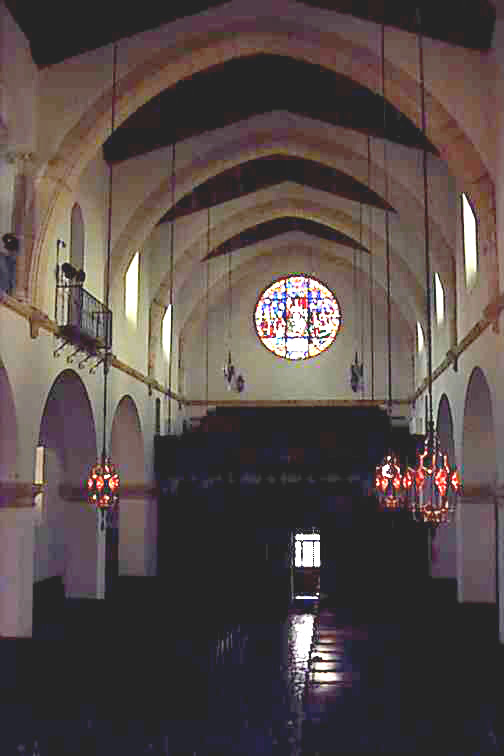 Dialectical thought
Dialectical thoughtNavigating the site:
Enrichment of our understanding occurs, if not the emergence of verity from the putting of contradictory arguments side by side in a single form and forum (venue).
Campus chapel visit should include a viewing of the window of the seven liberal arts.

Interior of the Knowles Memorial Chapel.
Medieval knowledge based on the mastery of the seven liberal
arts which were:
| astronomy |
geometry
|
| heavenly measure | earthly measure |
| arithmetic |
music
|
| numbers & quantity | sounds & notes |
| rhetoric | grammar |
| how to say it | what is said |
| argumentation or debate | knowledge of how arguments are made |
Today, to distinguish fiction from fact,
or reality from virtual reality, demands a capacity to separate verity
from
uncertainty or truths from errors.
![]()
1. For accuracy, you must employ critical thinking
based on a method (means of discerning one thing from another) by either analytical versus synthetic thinking where
a
breakdown into parts in order to conjoin the pieces
is practiced to create a dialectic.
2. Any dialectic is essential to the practice of critical thinking
that is necessary to solve problems such as these involving technological
awareness and technical data:
A. Space shuttle report.
B. Health insurance.
C. Investment.
D. Solvency of Social Security.
E. Senate Intelligence Committee Report on errors in US intelligence gathering.
F. 9/11 commission report on lapses in US security.
Our practice of critical thinking is so necessary to solve problems through
• exercising the capacity to discern noise from signals.
noise is ever-present (background); a term from radio broadcasting & listening–
signal refers to a distinct, but often difficult to determine, precise pattern in this background.• systematically examine and explain the relation of causes to effects.
• processing technical information is a primary goal of this course on understanding how technology creates as many problems as it purportedly solves.
Dialectical examples: Dewey's pragmatism | divergent arguments | solitude | means to know


